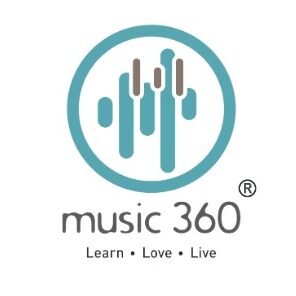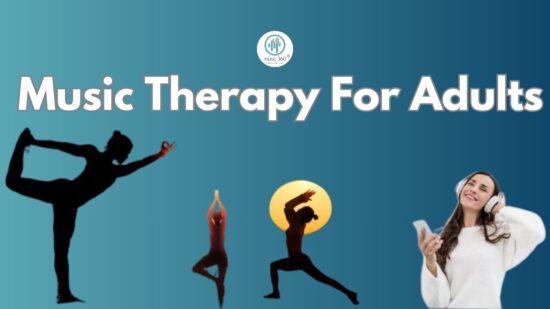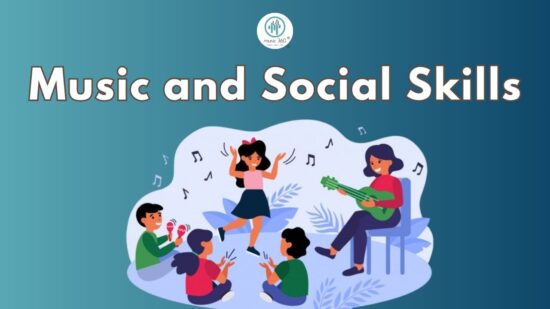Table of content Meaning behind the song Jhalak Dikhla Jaa Jhalak Dikhla Jaa song composition Jhalak Dikhla Jaa song lyrics…
Browsing CategoryGeneral
Ramta jogi From Taal
Table of contents Meaning behind the song Ramta Jogi Ramta Jogi song composition Ramta Jogi song lyrics Meaning behind the…
Kriti endaro mahanubhavulu
Table of contents Meaning behind Kriti Endaro Mahanubhavulu Kriti Endaro Mahanubhavulu Composition Kriti Endaro Mahanubhavulu lyrics Meaning behind Kriti Endaro…
Premalokadinda tanda From Premaloka
Table of contents Meaning behind the song Premaloka Premaloka song composition Premaloka song lyrics Meaning behind the song Premaloka The…
Appa I Love You Pa: A Celebration of Father-Daughter Love
Table of contents Meaning behind song Appa I love you pa Appa I love you pa composition Appa I love…
Mere rang mein rangne wali (SPB Song)lyrics
Table of content Meaning behind the song Mere rang mein rangne wali Mere rang mein rangne wali song composition Mere…
Music therapy for adults
Estimated time for reading: 4 minutes Table of contents Introduction What’s Music Therapy? The 4 types of music therapy for…
Jagave neenu gelathiye-Song of the heart
Table of content Meaning behind Jagave Neenu Gelathiye song Jagave Neenu Gelathiye song composition Jagave Neenu Gelathiye song lyrics Meaning…
Music and social skills: helping your child to connect
Estimated time taken for reading the blog: 6.5 minutes Table of contents Introduction From musical notes to social nurturing How…
Hum mehnatkash is duniya se From Mazdoor
Table of content Meaning behind the song Hum Mehnatkash Is Duniya Se Hum Mehnatkash Is Duniya Se song compositionHum Mehnatkash…










